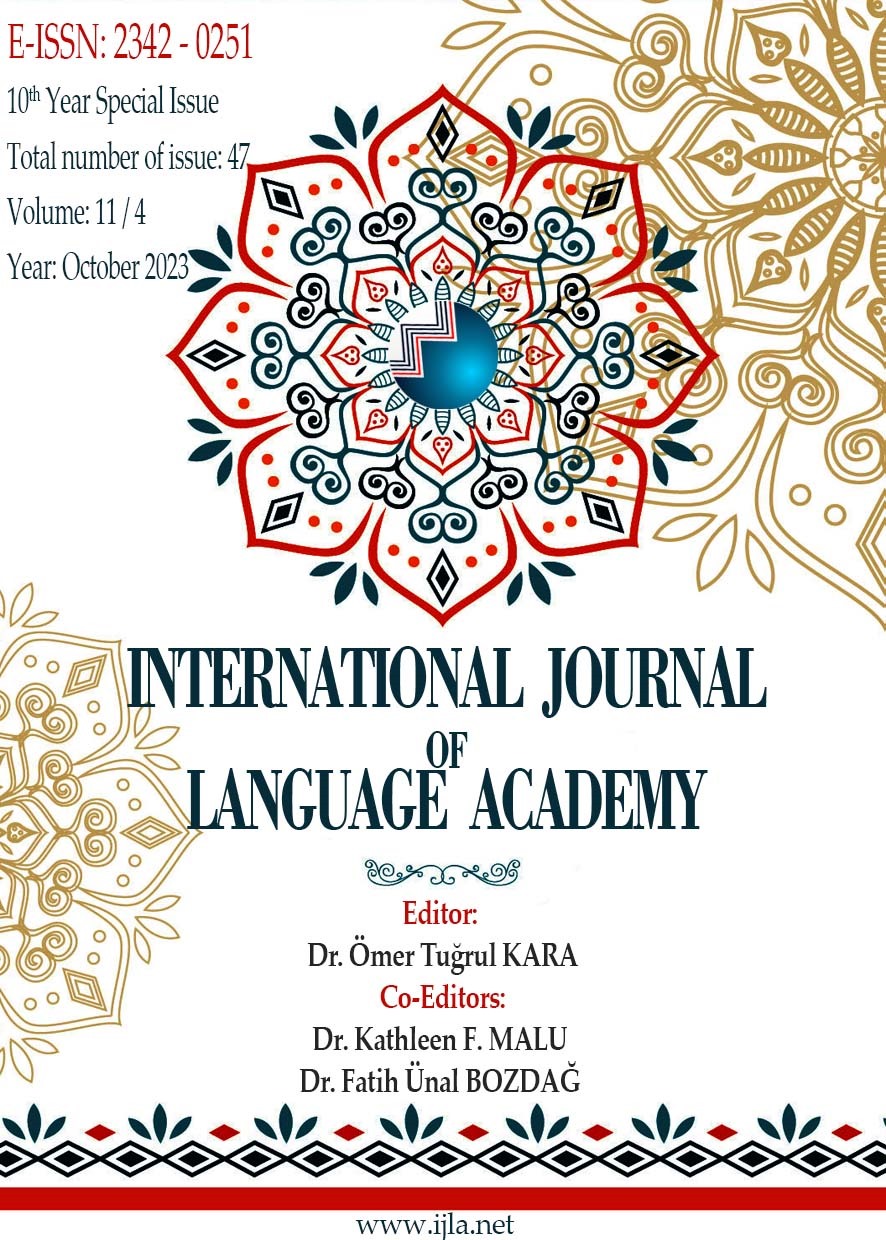THE PORTRAYAL OF LIVING INTO SLAVERY IN HARRIET ANN JACOBS’S AND FREDERICK DOUGLASS’S AUTOBIOGRAPHIES
Author :
Abstract
Keywords
Abstract
In this study, Harriet Ann Jacobs’s autobiography Incidents in the Life of a Slave Girl and Frederick Douglass’s autobiography Narrative of the Life of Frederick Douglass, an American Slave are examined in order to reveal the portrayal of the brutality of slavery being a normal institution in different parts of America in the nineteenth century. Since both of the writers are ex-slaves who achieve their freedom and intend to attempt to alter people’s perception of slavery, they depict the realities of enslavement vividly. Both Jacobs and Douglass focus on what they go through at the hands of cruel slaveholders, although the former narrates the story from a female perspective and the latter from a male perspective. In both works, the brutality of slavery and identifying enslavement become major issues. A literature review is used to compose the study, which includes qualitative research. Actual experiences in slavery that are conveyed and portrayed through the characters in the autobiographies are discussed. While Jacobs relates her painful experiences through the protagonist, Linda, Douglass recounts what he lives under the institution of slavery as the narrator. Both autobiographies demonstrate slaves’ efforts to gain their freedom. As a result, this study reveals that impacts of slavery are accentuated in Jacobs and Douglass’s writings.





